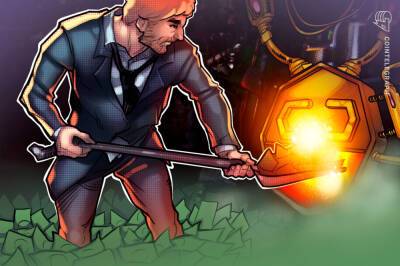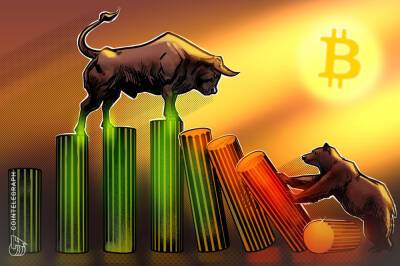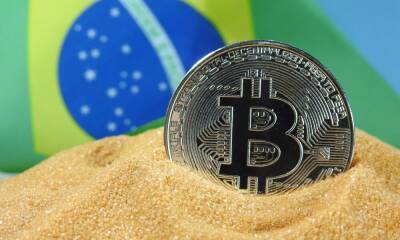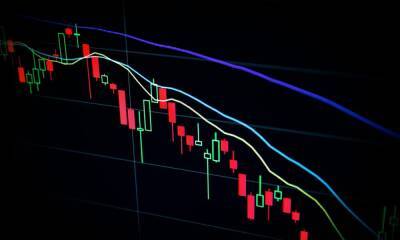Wonky Mars Protocol launch shows ecosystem expansion may not add to network value
New protocols are launching every day on different networks in the crypto space and the trend is likely to continue through this year. When looking at the top five networks by total value locked (TVL) — Ethereum (ETH), Terra (LUNA), Binance Smart Chain (BSC), Avalanche (AVAX) and Solana (SOL) — according to data from DeFiLlama, Ethereum have 579 protocols (including L1 and L2); Terra has 25, BSC has 348, Avalanche and Solana have 187 and 64 protocols, respectively. The low number of protocols and high TVL from Terra surely stand out as the outlier here.
Terra’s TVL reached an all-time high at $20 billion in December 2021 before dropping to $13 billion during the January 2022 crash. To date, the ecosystem has managed to boost its liquidity back to $26 billion.
With only 25 protocols built on the chain, Terra has attracted enough TVL to become the second largest network after Ethereum. The recent announcement of backing UST (Terra’s stablecoin) with $1 billion worth of Bitcoin (BTC) reserves and the Mars protocol launch coincide nicely with the sudden rise in LUNA price at the end of February 2022.
The rise in the chain’s governance token is often an indication of confidence in the network and the protocols, but does a new protocol launch always add value to the network and stimulate user activity and engagement?
Let’s take a look at how the price of LUNA changed when new protocols launched on Terra; then investigate how the most recently launched Mars and Astroport protocols impacted native token prices, user engagement and LUNA price.
Before looking into the correlation between LUNA price and the new protocol launch, it is important to understand the LUNA-UST mechanism that ensures the peg of stablecoin UST to USD.
LUNA is
Read more on cointelegraph.com























